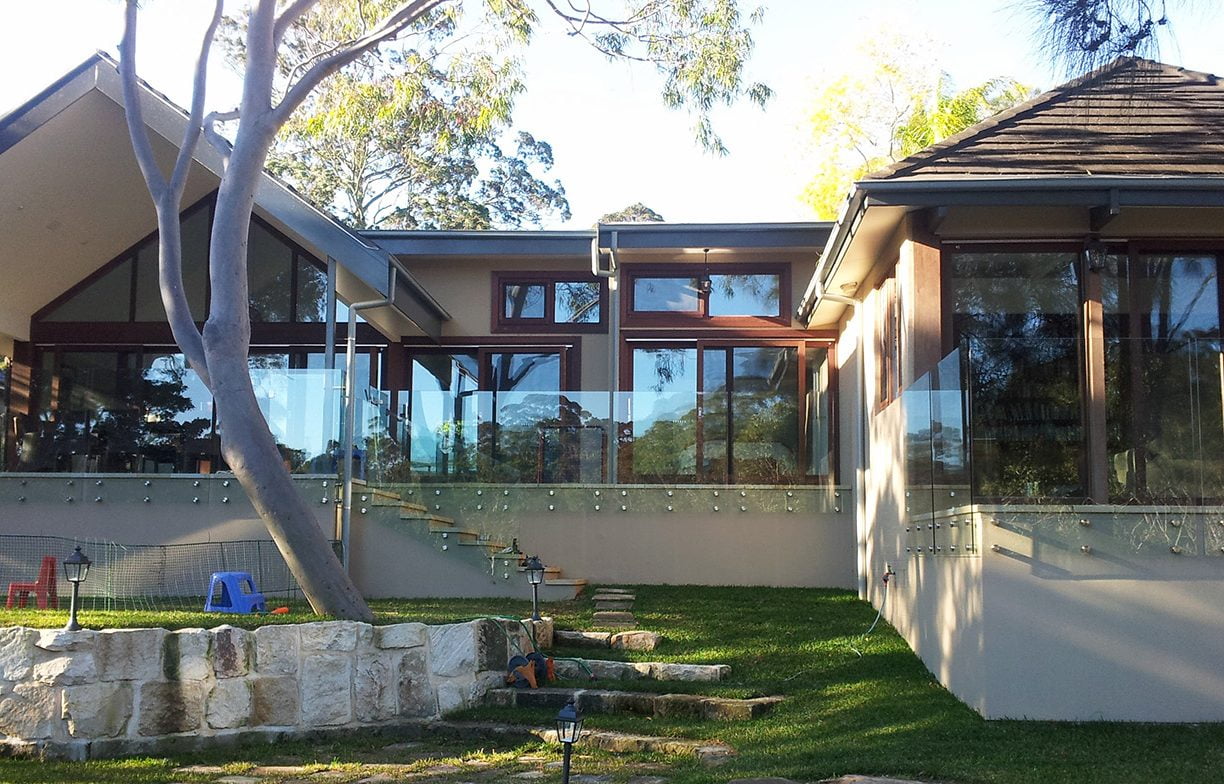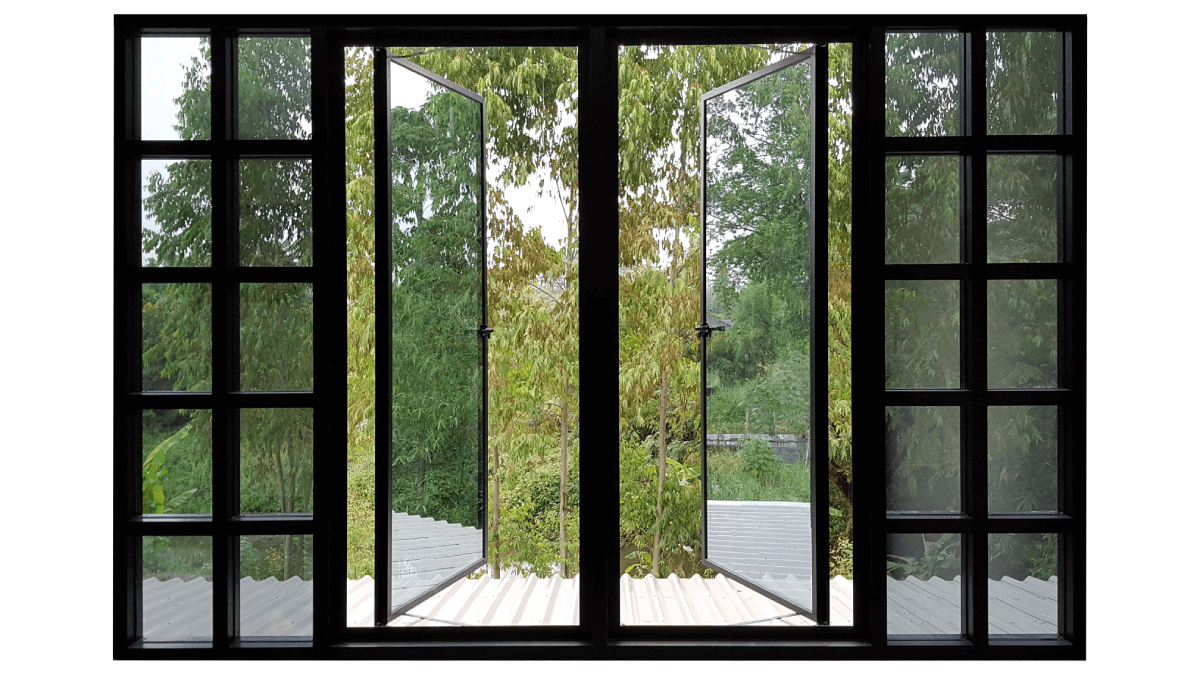All Categories
Featured
Table of Contents
Why Is Double Glazing So Important In Winter? in Carine WA
That window can send more solar heat in winter than in summertime. A west-facing window on a summer season's afternoon has an angle of incidence from near 0 as much as 30 with a big effective location of solar radiation. A north-facing window, in summer season, has a high angle of incidence and a low efficient location of solar radiation, so can send less heat than a west-facing one.

But you can rapidly and easily enhance the thermal performance of your home by changing your windows. This is one of the most efficient approaches of remodelling to attain enhanced thermal convenience. There are thousands of kinds of glass and frames to select from. Choosing the best ones is essential to enhancing the energy efficiency of your house.
Glass Selector - Custom Single & Double Glazed ... in Balcatta Western Australia
There are several kinds of glass items to select from. Single glazing uses a single pane of glass. Single glazing with clear glass is not really effective when it pertains to heat loss or gain. To enhance efficiency, you can use single glazing with a more energy-efficient type of glass such as low emissivity (low-e) glass.
The energy efficiency of IGUs likewise depends on: the residential or commercial properties of each layer of glass. Different glass types (for example, clear and low-e glass) can be put together in an IGU.
Why Should You Have Double-glazed Windows This Summer? in Neerabup Perth

IGU cavities can be filled with air or a more inert, low-conductivity gas such as argon the width of the cavity. Cavity density is generally 6 to 18mm. Wider cavities provide lower (much better) U values, with 12mm typically accepted as the preferred gap how well the cavity is sealed. Cavities need to be dry and well sealed to avoid moisture getting in.
If argon is set up to the cavity in location of air, moisture is dependably left out the level of desiccant (drying agent). The spacer (metal or polymer strip) that separates the glass layers includes a desiccant to soak up any wetness. Inadequate desiccant may trigger wetness to condense on the glass surface in cold conditions, minimizing thermal performance.
Solace Creations: Home in Bedford Western Australia
In fact, IGUs can deliver better energy efficiency for all climates, particularly in heated and air-conditioned houses. Cross-section information of single, double and triple-glazing units Low emissivity glass (frequently called low-e glass) reduces heat transfer. Low-e glass may be either high or low transmission: High transmission low-e glass has a finish that enables daylight from the sun to pass into your home to accomplish excellent solar heat gain, however minimizes the amount of the long wavelength infrared heat that can get away back through the window.
Low-e glass has either a pyrolytic coating or a vacuum-deposited thin movie metal covering. Pyrolytic finishes are durable and can be utilized for any glazing; vacuum-deposited coatings are soft and are only utilized within IGUs. Low-e finishes can significantly enhance both U value and SHGC; however, they need to be used correctly or they will either weaken or fail to perform as needed.
Double Glazed Windows In Melbourne in Ascot WA
Low-e coatings can be utilized in mix with clear, toned or reflective glass. Low-e finishings on glazing can decrease heat transfer where required Image: Department of Industry, Science, Energy and Resources Toned glass has actually colouring additives included throughout manufacture. It is available in different colours, normally bronze, grey, blue and green.
Table of Contents
Latest Posts
Which Type Of Glass Is Best For Energy Efficiency? - A&l Windows in Medina WA
Double Glazing Versus Secondary Glazing in East Victoria Park Western Australia
A Complete Guide To Double Glazed Windows in Kewdale Perth
More
Latest Posts
Which Type Of Glass Is Best For Energy Efficiency? - A&l Windows in Medina WA
Double Glazing Versus Secondary Glazing in East Victoria Park Western Australia
A Complete Guide To Double Glazed Windows in Kewdale Perth